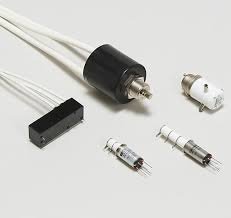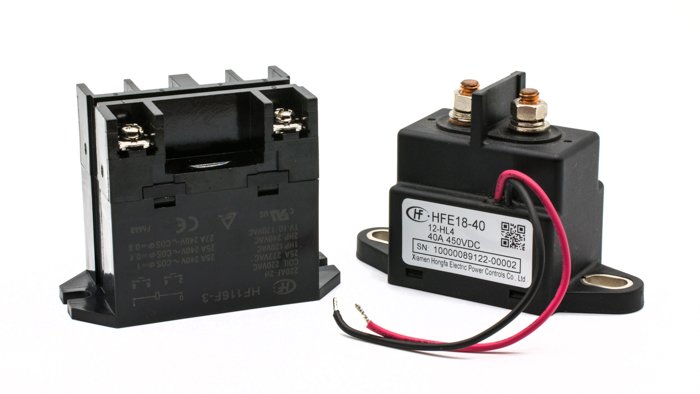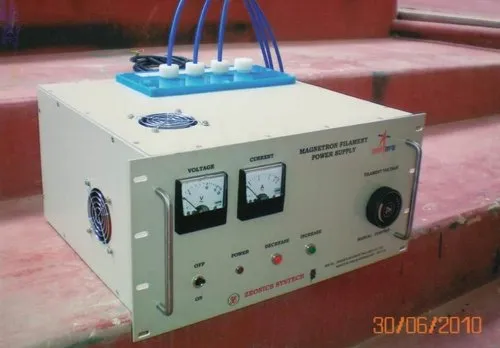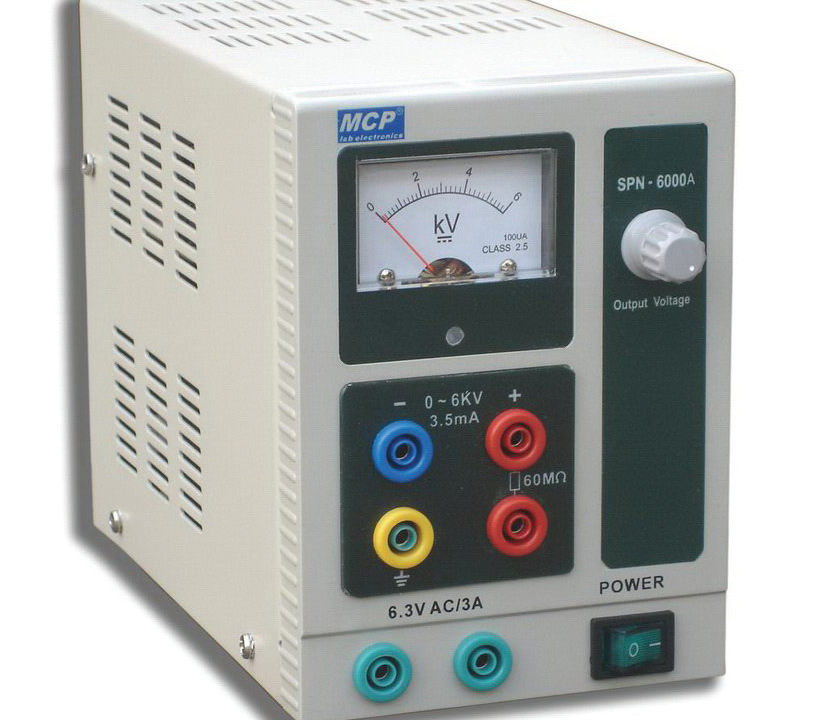
What are High Voltage Probes?
May 29, 2024
How to Use a High Voltage Probe
June 4, 2024High voltage relays are electromechanical devices designed to switch high voltage signals exceeding 1 kV. They operate on the same fundamental principles as standard electromechanical relays but incorporate features specific to high voltage applications. Typically, the contacts of high voltage relays are enclosed in a vacuum within glass or ceramic housings to prevent arcing. Additionally, these relays are constructed differently, with the coil positioned outside the vacuum and further from the contacts.
High Voltage Relay Construction
High voltage relays, like those from TE Connectivity, are specifically built to handle the demands of high voltage applications. Their design includes a vacuum enclosure for the contacts and an external coil to enhance performance and safety.

High Voltage Relay
Specifications
Performance Specifications
When selecting high voltage relays, it is crucial to consider the following performance specifications:
- Maximum Voltage: The highest voltage the relay can handle without sustaining physical damage.
- Maximum Current: The maximum continuous current the relay can carry across the output terminals under specified environmental conditions. This is also known as the maximum switching current.
- Dielectric Strength: Also referred to as isolation voltage, this is the maximum potential gradient an insulating material can withstand before breakdown, measured in volts (V) or kilovolts (kV).
Switch Specifications
The Engineering360 SpecSearch database provides detailed information on high voltage relay switches, including the number of poles and throws:
- Poles: The number of separate circuits a switch controls. Relays typically have between one and four poles.
- Throws: The number of distinct positions a switch can have. Single throw (ST) switches are either open or closed, while double throw (DT) switches can connect to two different outputs.
Contact Specifications
The orientation and maximum ratings of relay contacts are essential factors:
- Contact Orientation: Indicates the switch’s position when the relay coil is not energized. Normally open (NO) switches are open when at rest and close when energized, while normally closed (NC) switches operate oppositely. Changeover switches include both NO and NC contacts.
- Maximum Ratings: Contacts are rated based on the maximum current they can handle under specified heat dissipation and ambient conditions.
Speed Specifications
Relay speed specifications include:
- Make Time: The time required for the switch to make contact.
- Break Time: The time required to release and break contact. These times are typically measured in milliseconds, with higher speed devices offering advantages such as reduced arcing and lower risk of physical damage in high voltage applications.
Mounting Methods
High voltage relays can be mounted using various methods:
- Bracket (Flange) Mounting: Uses a flange for bolting to a matching flange welded to a corresponding wall.
- DIN Rail Mounting: Fasteners mount the relay on standardized DIN rails.
- Panel Mounting: Relays are mounted directly to an electrical panel.
- PCB Mounting: Uses through-hole contacts or surface mount technology (SMT) to attach the relay to printed circuit boards.
- Socket Mounting: Relays are mounted to PCBs using pin sockets.
Isolation Methods
High voltage relays employ different isolation methods to prevent arcing:
- Vacuum: Used to isolate contacts and prevent arcing.
- Air or Gas Mixtures: Utilized as dielectric isolation materials.
- Reed Switches: Employed for isolation and can switch devices such as solenoids, contactors, and motors.
Related posts
High Voltage Power Supply. High Voltage Probe. High Voltage Relay.




